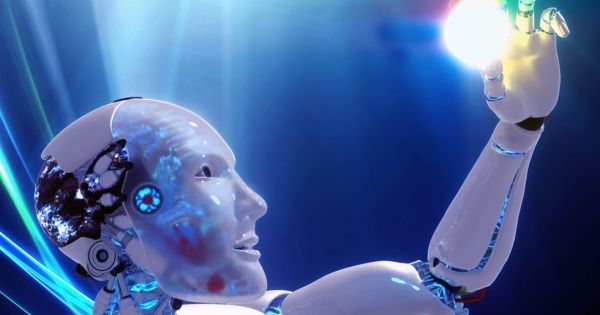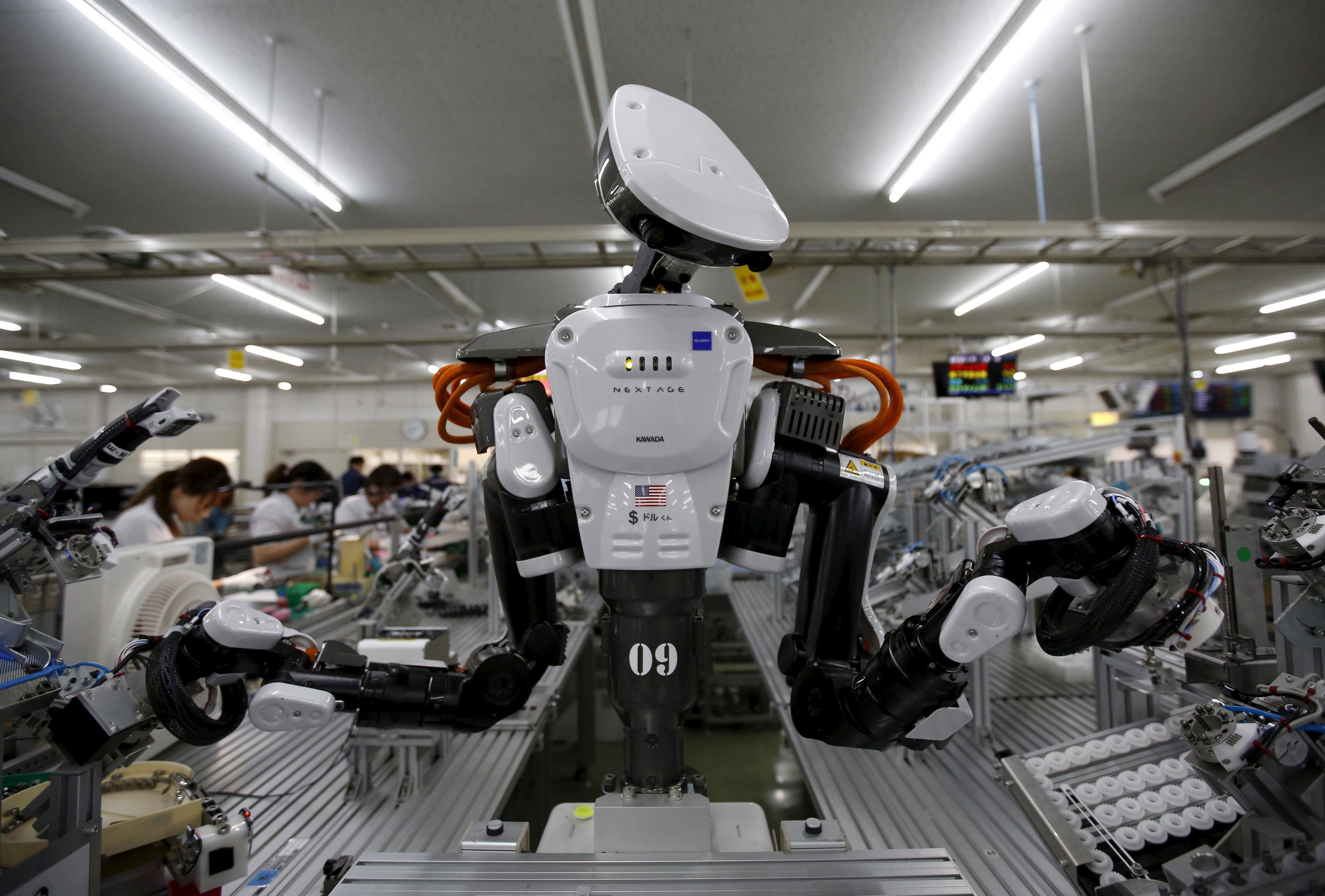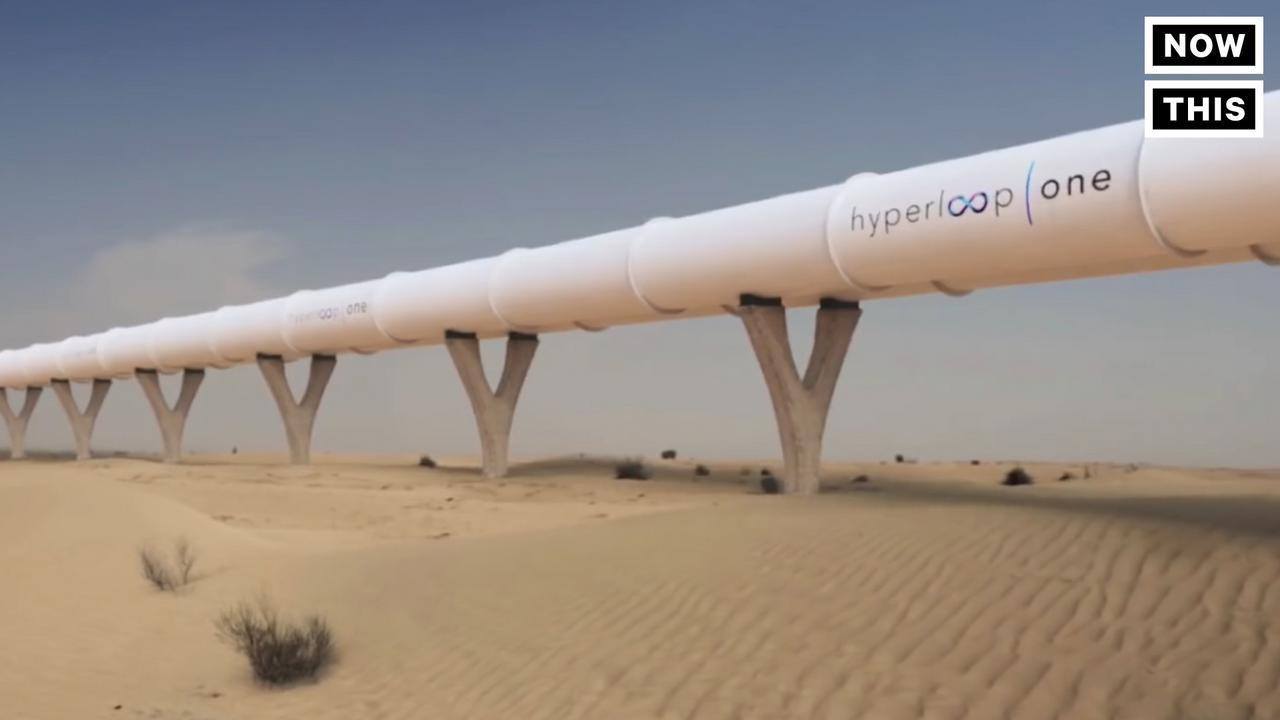Jan 26, 2017
IT’s Real: Metallic Hydrogen Has Been Created for the First Time
Posted by Andreas Matt in categories: physics, space
More than 80 years after it was first predicted, physicists have created metallic hydrogen — a mysterious form of hydrogen that could be capable of superconducting electricity without resistance at room temperature.
Scientists have long suspected that hydrogen could exist as a metal in certain parts of the Universe, but this is the first time metallic hydrogen has ever been created on Earth, and the material is even stranger and more fascinating than scientists imagined.
“This is the holy grail of high-pressure physics,” says lead researcher Isaac F. Silvera from Harvard University. “It’s the first-ever sample of metallic hydrogen on Earth, so when you’re looking at it, you’re looking at something that’s never existed before.”
Continue reading “IT’s Real: Metallic Hydrogen Has Been Created for the First Time” »

















